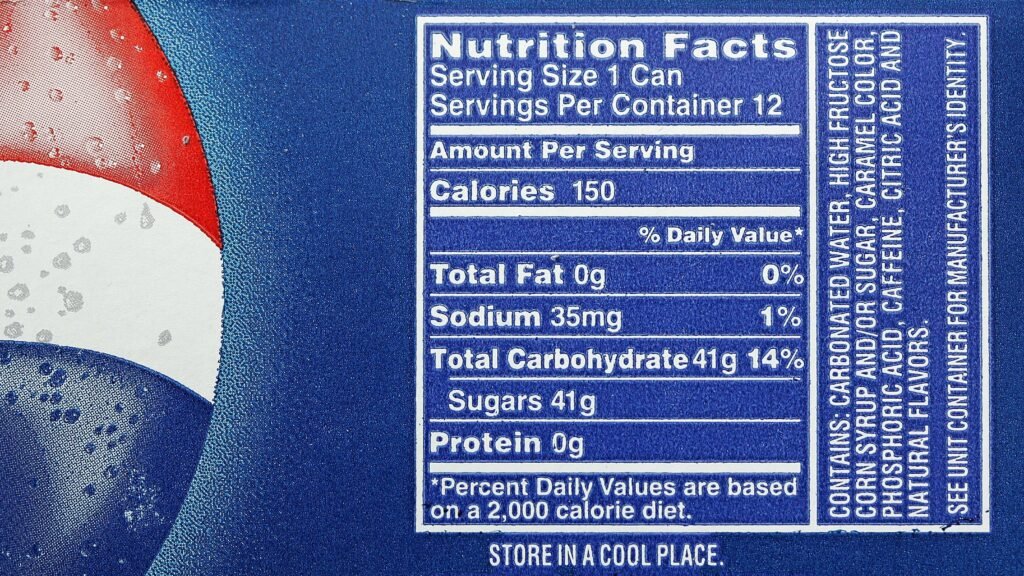The government’s proposal to display nutritional labels on the front of food packaging aims to help Americans make more informed choices about their diet. The Food and Drug Administration (FDA) unveiled a mandatory food labeling system that focuses on combating chronic diseases like heart disease, cancer, and diabetes, which have been linked to excessive consumption of saturated fats, sodium, and added sugars. With 60% of Americans living with at least one chronic disease and 40% living with two or more, the FDA believes that food should promote wellness, not contribute to illness.
The proposed label is a black-and-white box that shows the percentage of the daily recommended amount of sodium, added sugar, and saturated fat in a serving, along with a rating of “low,” “medium,” or “high” for each nutrient. While the FDA hopes this will incentivize manufacturers to reduce these nutrients, it is not the primary goal of the proposal. Public comments on the proposal will be accepted for the next three months, with potential implementation falling under the Trump administration and possibly Robert F. Kennedy Jr., who has pledged to address the food industry as part of his health initiative.
Nutrition experts and the food industry have mixed reactions to the proposal, with concerns about the design of the label. Research suggests that mandatory food labeling systems can prompt manufacturers to lower the amounts of added sugars, sodium, and saturated fats in their products to avoid warning labels. However, there may be unintended consequences, such as the introduction of sugar substitutes like aspartame into the food supply.
If the proposal is finalized, manufacturers with $10 million or more in annual food sales would need to comply within three years, while smaller manufacturers would have four years to comply. Industry trade groups have expressed concerns about the label’s focus on excess nutrients rather than including healthy nutrients like fiber. While some see the label as an improvement, others find it confusing for consumers to interpret the levels of each nutrient.
Research from other countries shows that labeling initiatives can lead to reductions in sugar and salt levels in packaged foods. For example, Chile’s warning labels on high-nutrient foods resulted in decreased sugar and sodium levels in products. However, challenges remain, such as reducing saturated fats, which are harder to replace. Despite potential pitfalls, labeling systems can encourage the development of new, healthier products that meet requirements.
Ultimately, experts see policies like this as a way for the FDA to indirectly influence industry practices and improve the overall food supply for the benefit of public health. By promoting healthier food choices through transparent labeling, the hope is to combat chronic diseases and improve the well-being of all Americans.


